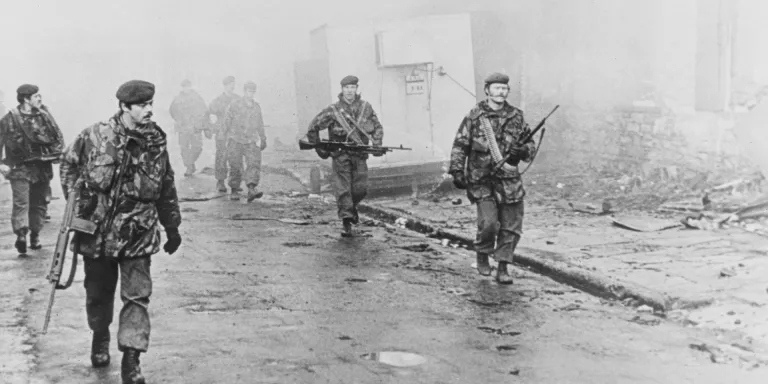Carry MG belts “bandito style” might look cool, but it’s a really bad idea, as you’ve shown. Talking to some people who served in US Infantry or as advisors during the Vietnam era, some units developed covers for MG belts made from inner tube to allow belts to be carried on the torso without exposing them to the elements or allowing brass to shine and make noise. Other units used the issue ammo cans and kept just a small 20-50 round initial belt on the gun. Regardless of method, cleaning and inspecting belts was a daily task for gun teams. Many troops carried an old toothbrush for use in cleaning the grime and muck off magazines and weapons. This included inspecting and cleaning munitions and pyrotechnics like grenades and flares to ensure they were not corroded or fouled. An interesting observation was that bayonets would rust into the scabbards and pistols would rust in wet leather holsters if left unattended.When I served in the Australian Army was just after our commitment to South Vietnam. We were always advised to well oil our weapons against rust in the tropics. We were advised never to drap ourselves with ammunition belts because it was obvious they would become contaminated with debris from the ground and because of the potential for accidents from being struck on the round's base as occurred to a Nasho (National Serviceman) during an exercise when another soldier flung another belt over his shoulder. We were advised to clean our boots daily to keep them in condition, and our webbing and backpack as well. Shame we had ended out commitment to South Vietnam a few years earlier and all the advice went out the window in the dry and arid conditions of the Australian Outback. We were advised basically the reverse as far as cleaning our weapons went.
In Malaya circa 1941-42, squads may not have the same challenges with belted ammunition, but daily maintenance and inspection is going to be necessary to ensure the efficiency of units operating in the field, especially those on the wet side of the peninsula, If the British are able to hold the initial IJA offensive, the impact of field discipline and maintenance in allowing the force to retain its effectiveness may make the difference between counteroffensive and stalemate.
Last edited:

